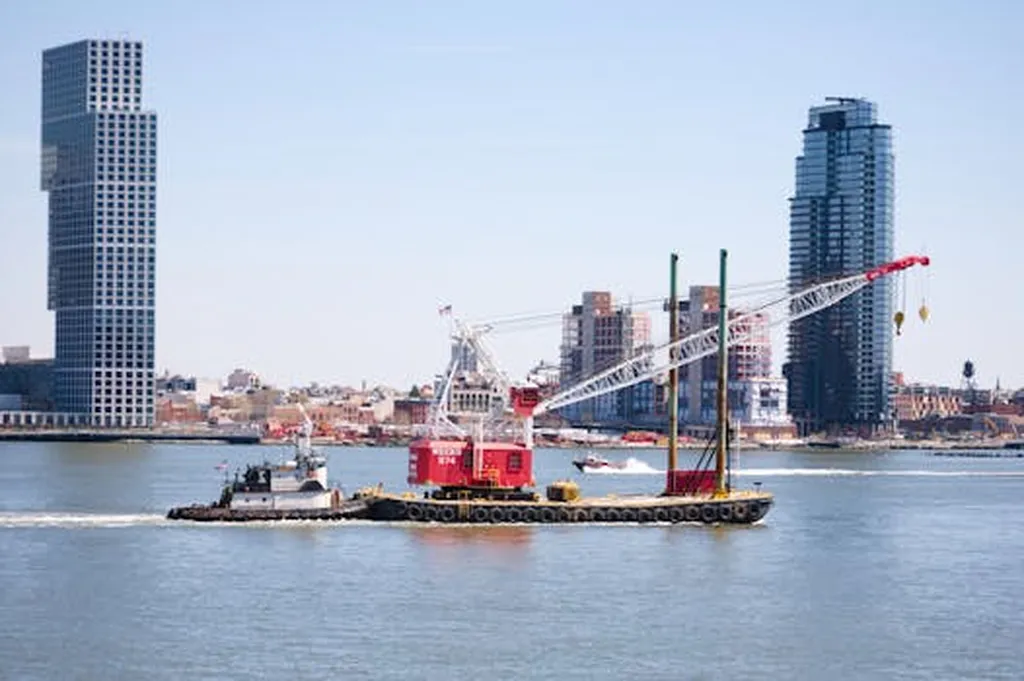In the heart of Zhangqiu, a city renowned for its abundant spring resources and affectionately dubbed the “Little Spring City,” a critical study has emerged that could reshape how we approach water resource management and urban development. The Baimai Spring Group, one of the 72 famous springs in Jinan, has faced intermittent flow interruptions in recent years, prompting urgent investigations into the shallow micro-stratigraphic structure of the spring’s exposed area. Led by Yuxiang Liu of the 801 Institute of Hydrogeology and Engineering Geology at the Shandong Provincial Bureau of Geology & Mineral Resources, this research delves into the intricate relationship between geological structures and spring water flow, offering vital insights for future development and conservation efforts.
The study, published in *Carsologica Sinica* (which translates to “Karst Science”), reveals that the exposed area of the Baimai Spring Group is crisscrossed by five faults and one fracture zone, acting as conduits for karst water upwelling. “The distribution of spring water is closely tied to the development of these fault structures,” Liu explains. “For instance, the West Mawan spring group is primarily controlled by the Yanchi fault, with springs distributed along its flanks, while the East Mawan spring group aligns with a secondary fault of the Mingshui fault.”
This intricate interplay between geological structures and water flow has significant implications for urban planning and water resource management. The research identifies the gravel layer as a crucial “skylight” for karst water, providing storage space after upwelling and allowing springs to emerge at shallower depths. “The hydraulic connection between pore water and karst water is remarkably close,” Liu notes. “The karst water level is only about 10 cm higher than the pore water level, indicating a strong support mechanism.”
The study delineates sensitive and relatively sensitive protection areas, totaling 0.78 km² and 0.67 km² respectively, where excavation and construction must be approached with extreme caution. “In these areas, it is generally not suitable for foundation pit excavation,” Liu advises. “Engineering construction should avoid deep excavations and damage to the gravel layer.”
For the energy and water sectors, these findings are a game-changer. Understanding the delicate balance between geological structures and water flow can inform more sustainable urban development practices, ensuring that critical water resources are protected while allowing for controlled growth. “The research findings will provide reference for the protection of similar exposure areas of spring water,” Liu states, highlighting the broader applicability of the study.
As cities grapple with the dual challenges of urbanization and environmental conservation, this research offers a roadmap for balancing development with the preservation of vital water resources. By integrating these findings into urban planning and water management strategies, stakeholders can mitigate the risks of disrupting natural water systems, ensuring a sustainable future for both the environment and the communities that depend on it.

